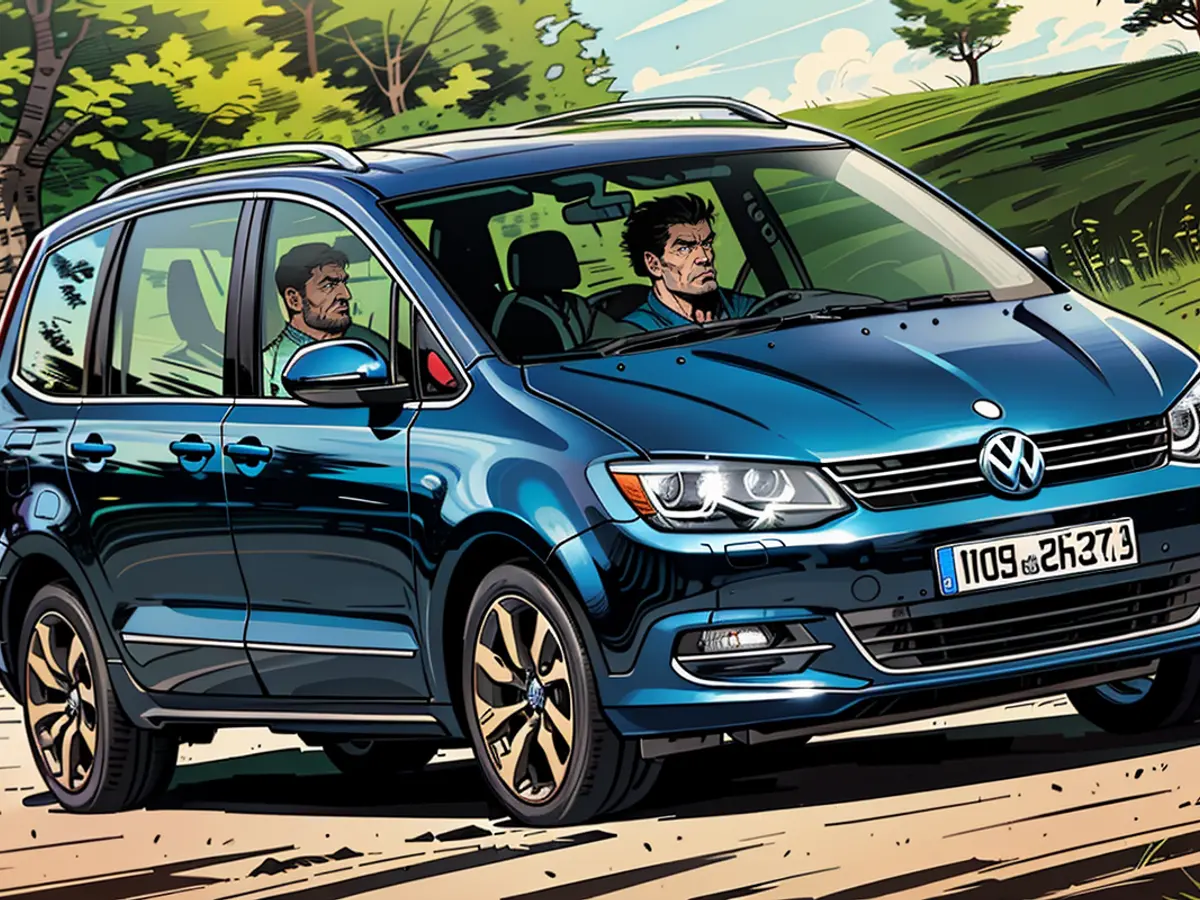VW Sharan - not always stable
Spacious Vans Have Their Quirks. Some Show Up Early, Like the VW Sharan. When Buying a Spacecraft with Ample Room for Passengers and Luggage, One Should Examine the Desired Model Carefully.
In early 2022, VW retired its spacious van, the Sharan, after nearly 12 years of production. It didn't receive a successor. However, used car buyers will find interested sellers, but they should avoid purchasing a used one from previous ownership.
Quality
TV inspectors criticize the suspension geometry excessively from the first major inspection (HU). Defective shocks and dampers are common, and brake discs wear out quickly. Used car buyers should check these problem areas before purchasing to avoid unwelcome and costly surprises.
Body and Interior
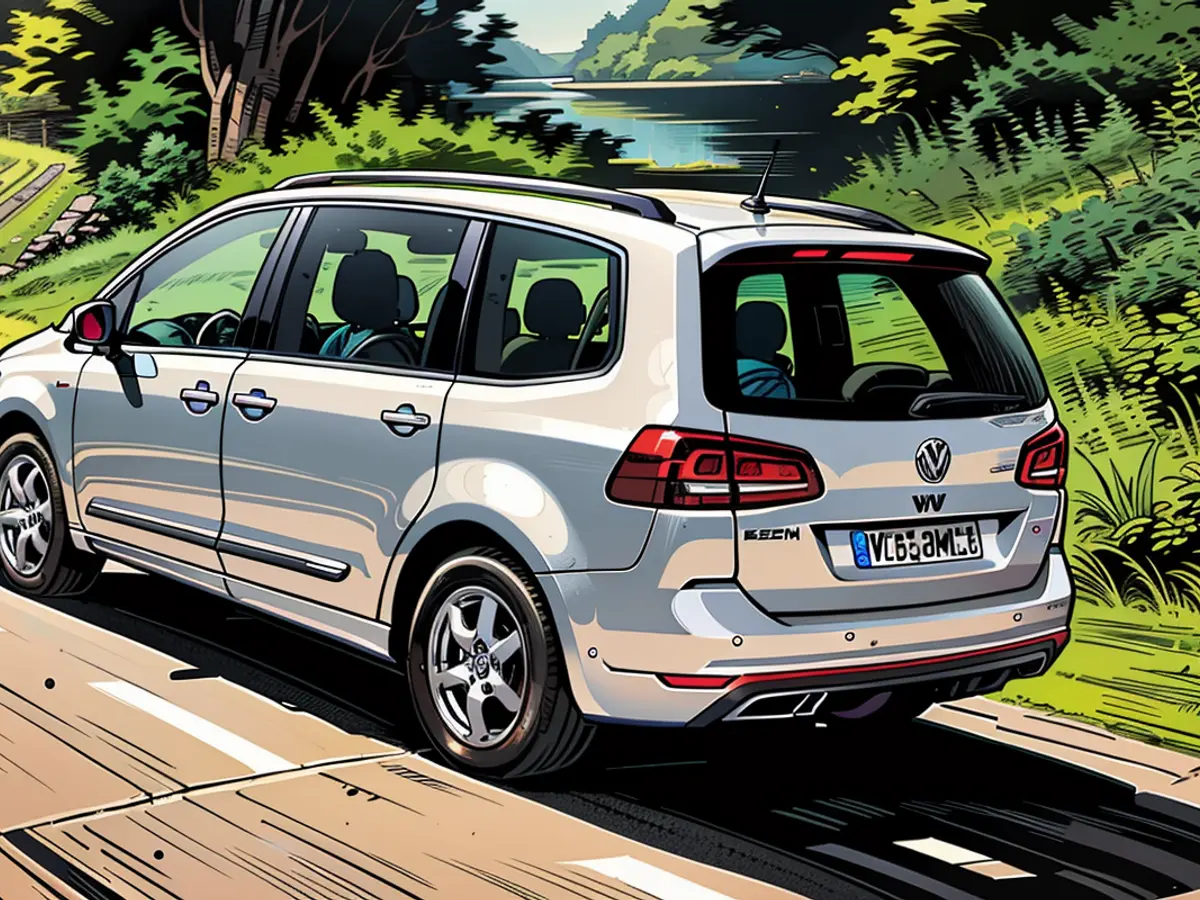
The 4.85-meter-long Sharan accommodates up to seven people. The front and second row offer ample space, while the optional third row is more suitable for children. The three individual seats in the second row can be reclined and shifted, unlike the first generation, which could be fully dismantled.
The cargo space in the five-seat configuration varies between 955 and 2430 liters, while the seven-seater offers 300 to approximately 2300 liters of loading space. Switches, steering wheels, turn signals, or infotainment systems are familiar from other VW models. Many storage compartments simplify daily life. Practical are the sliding rear doors, which can be electrically opened and closed according to the comfort needs of the first owner. Over the years, the Sharan received some cosmetic improvements, other trims, and steering wheels, which made the most significant changes.
Engines and Drive
The 2.0-liter diesel engine was available in four power levels: 85 kW/115 PS, 103 kW/140 PS (from 5/2015: 110 kW/150 PS), 125 kW/170 PS (from 5/2015: 130 kW/177 PS), and 135 kW/184 PS. The diesels provide decent torque to move the nearly 1.9-tonne van on tours; fuel consumption ranges from 5 to 6.2 liters.
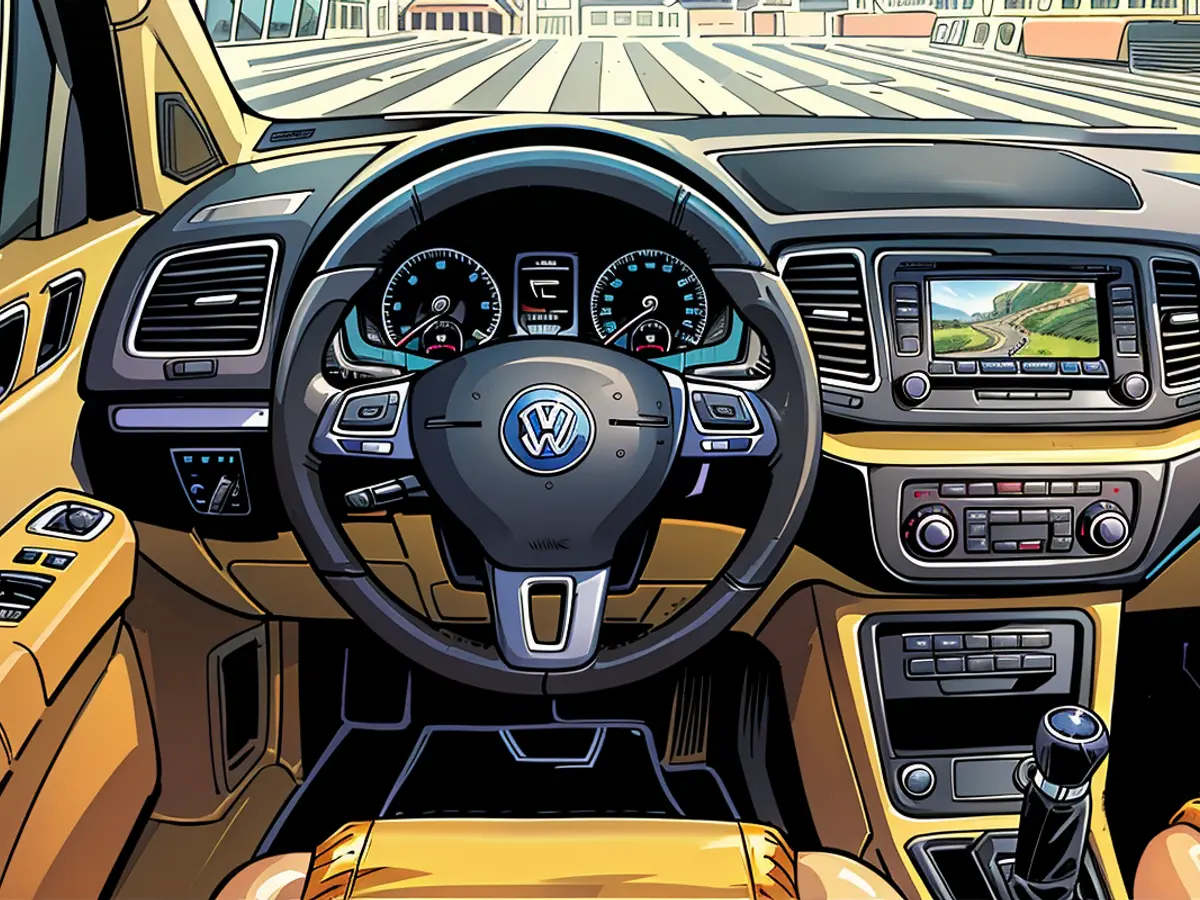
The engines with 150 PS, 177 PS, and 184 PS were also offered with all-wheel drive. Used car buyers should pay attention to whether the Euro-5 engines had the software update in relation to the emissions scandal. In summer 2020, VW discontinued the diesel models.
The gasoline offerings were limited. The 1.4-liter four-cylinder produced 110 kW/150 PS, the 2.0-liter 147 kW/200 PS or 162 kW/220 PS. The average fuel consumption is between 6.4 and 8.4 liters. By the end, VW only had the 1.4er in its lineup.
Equipment and Safety
The base version "Trendline" comes with decent standard equipment. Individual seats in the rear, climate control, and a radio were series features. In the higher trim levels ("Comfortline" and "Highline"), additional features like light-alloy wheels, panoramic roof, leather, or climate automatics were included. Over the years, VW offered many special models like Life, Beach, United, or Allstar.
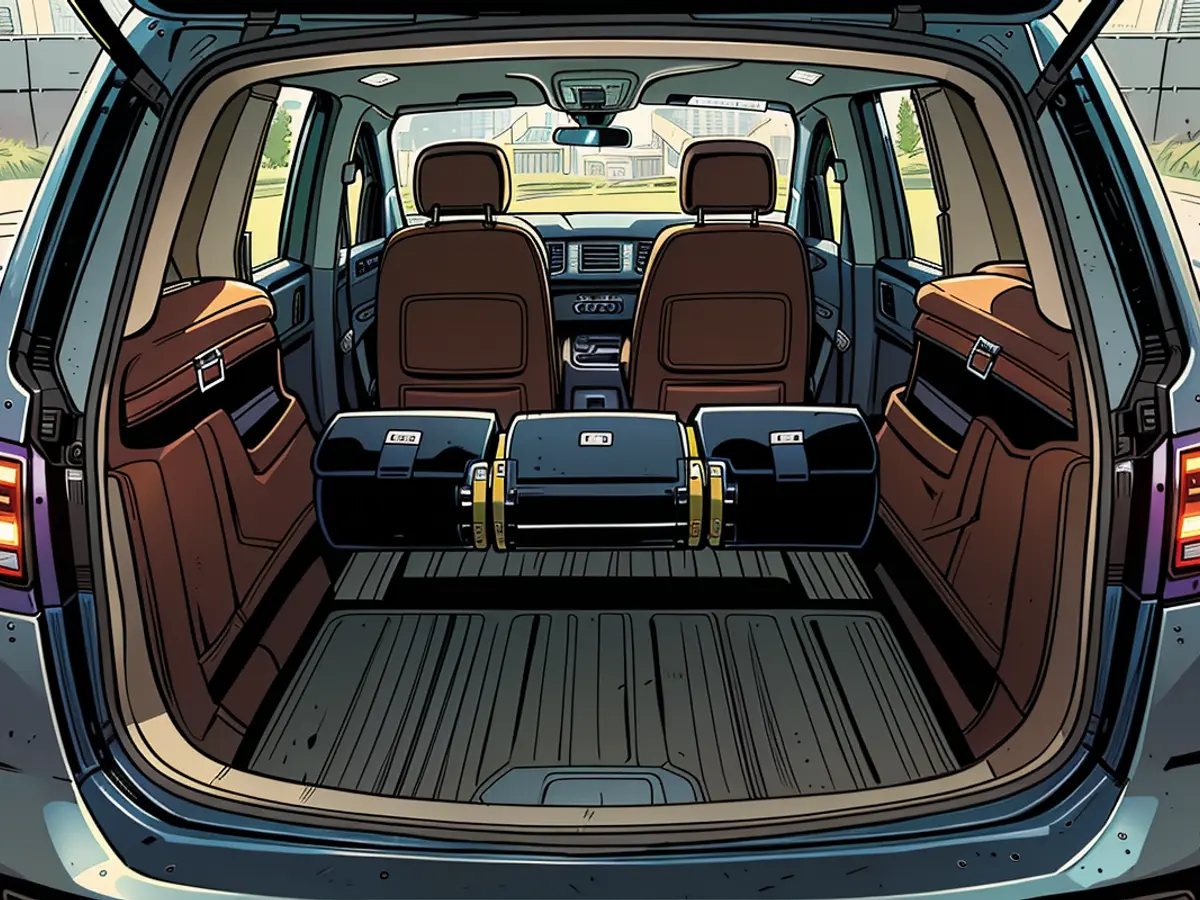
If the first owners thoroughly enjoyed the extensive options list of the Sharan, the vehicles also feature folding tables at the seat backs, electric tailgate, heated front seats, or three-zone climate control. Over the years, the equipment was enhanced with driver assistance systems.
Conclusion
The Sharan is a spacious vehicle with ample room for passengers and luggage. When purchasing, one should carefully examine the desired model.
At mobile.de, currently around 1700 used Sharan models of the second generation are being offered for sale. Prices start at around 5000 Euro for vehicles with high mileage.
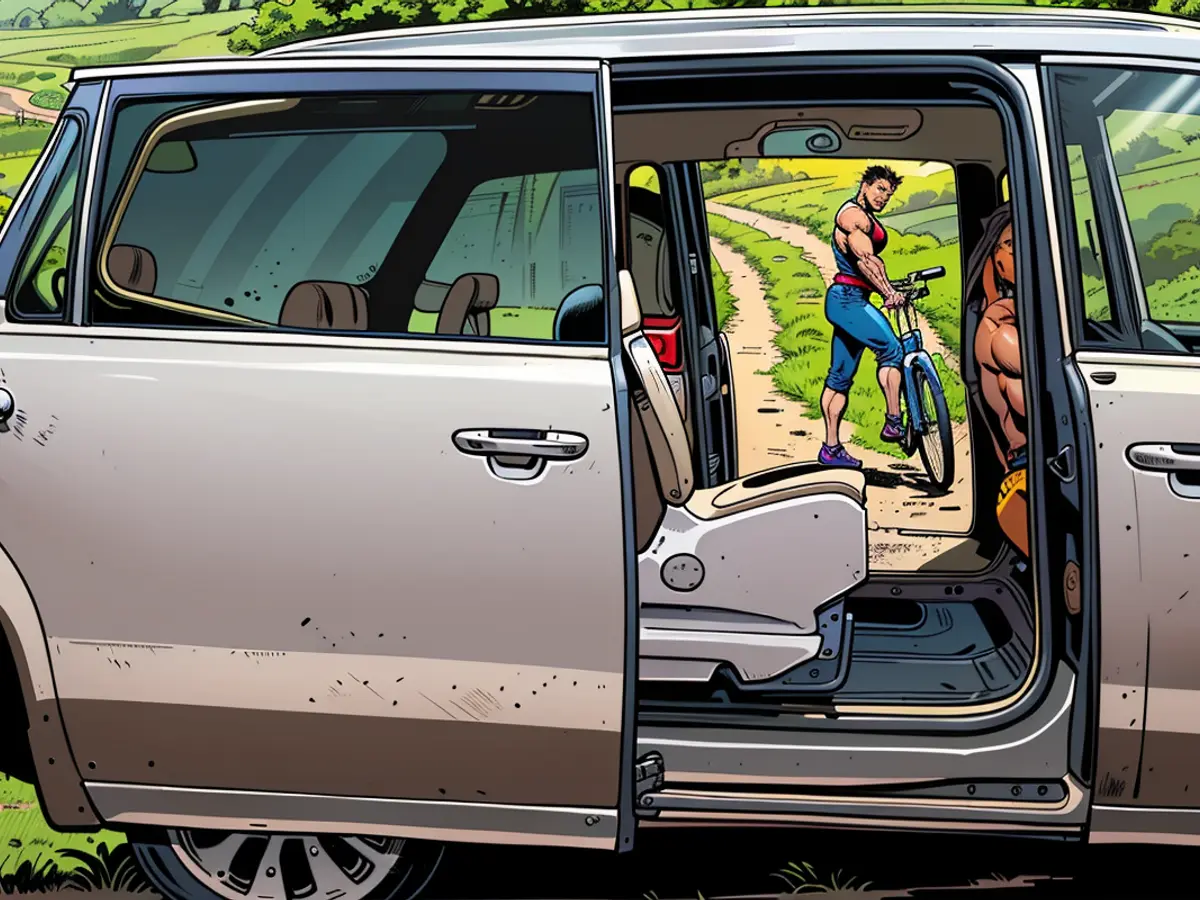
When considering buying a used Volkswagen Sharan, it's crucial to inspect the suspension geometry and check for potential issues with shocks, dampers, and brake discs, as these are commonly criticized by TÜV inspectors. Additionally, used car buyers might come across Volkswagen-modeled used cars with TÜV certifications, which could include various Volkswagen-Models like the Sharan.
